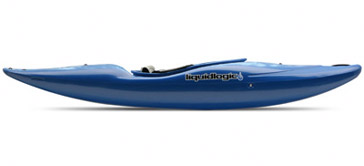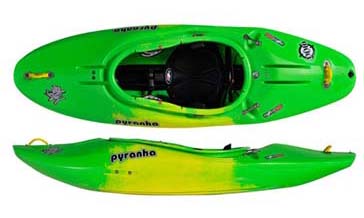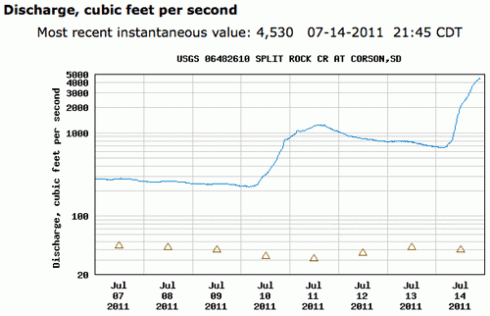I’ve continued to do my research into what kind of whitewater boat I think is best for me—too much research, my wife would argue. Though my choices have expanded from one, to three, I do think I have a better idea of what I’m looking for. There are just so many good options out there, but with the help of folks like The Fat Paddler and the Pirates of the Missouri, I hope to make an educated decision. So here’s the latest in my whitewater dilemma:
 The Liquid Logic Remix 79 – Described as the ideal boat for beginners, instructors and seasoned veterans. You can learn to roll in this thing and it will grow with you as your skills increase and can handle just about anything out there. I feel I’d really get my money’s worth out of this thing.
The Liquid Logic Remix 79 – Described as the ideal boat for beginners, instructors and seasoned veterans. You can learn to roll in this thing and it will grow with you as your skills increase and can handle just about anything out there. I feel I’d really get my money’s worth out of this thing.

The Liquid Logic Remix XP10 – Positioned as one of the first truly successful crossover kayaks on the market, this boat claims to track well on flat water (with the help of a spring-loaded skeg) and handles whitewater up to class III+. This really sounds like the more practical buy for me. I’m hung up on its length though. It measures at 10 feet, which is only 2 ft shorter than my current boat. I’ve been envisioning a much shorter boat, like the Ammo, but with as many great whitewater reviews as I’ve been reading (and seeing) and its ability to accommodate multi-day trips with its added cargo room and “waterproof” (no such thing) storage compartment, I know I’d have fun in this boat.
Keep the feedback and opinions coming!







